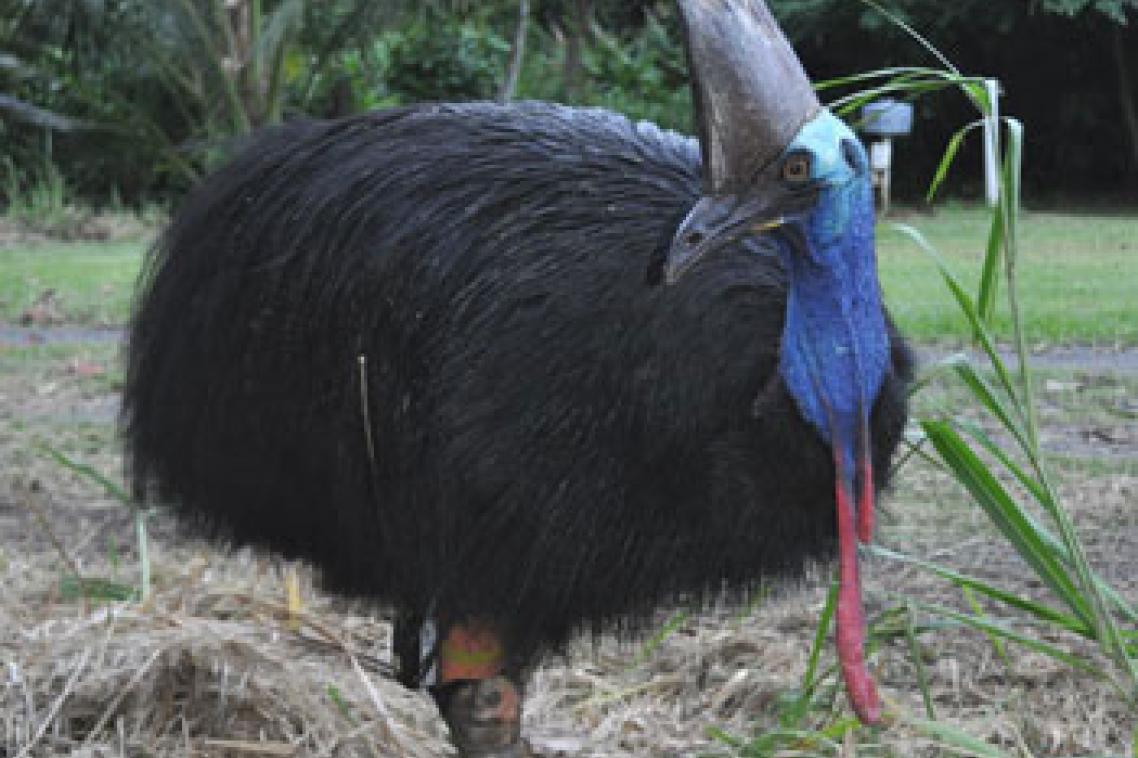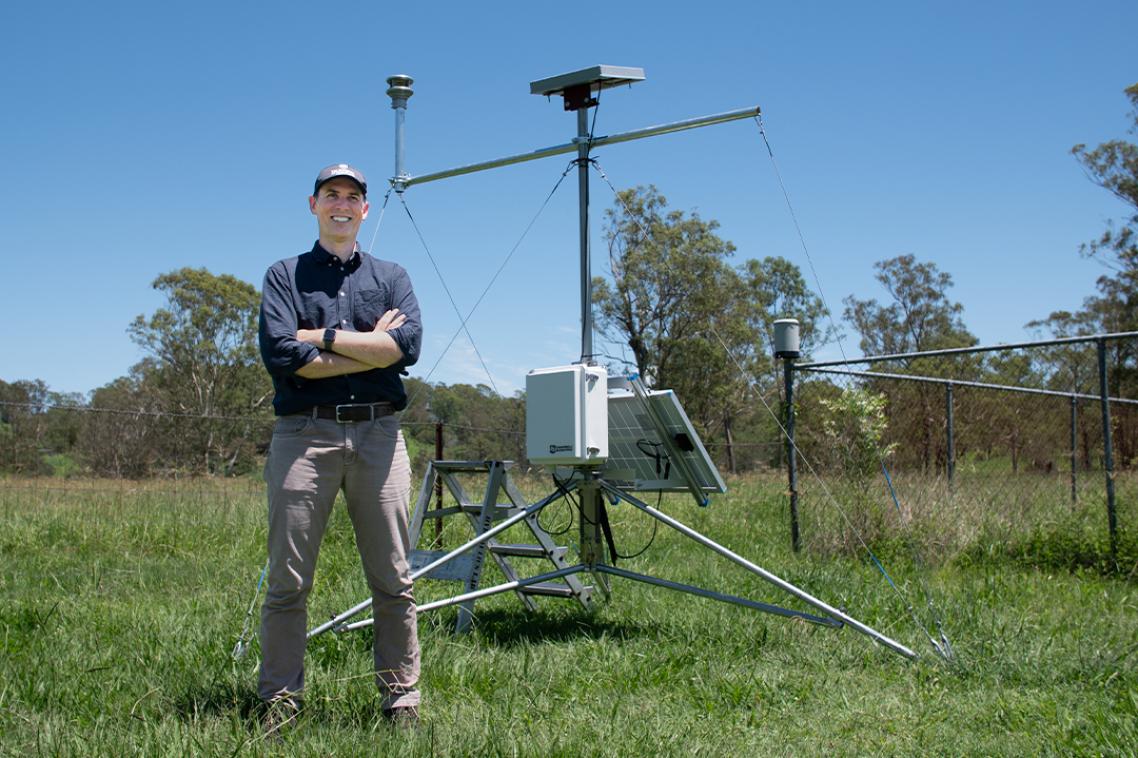Satellite tagging cassowaries for more efficient management

Wildlife researchers say they are making the cassowary conservation dollar go further by tracking the birds with satellite tags.
Researchers from the University of Queensland School of Biological Sciences, in collaboration with Queensland Parks and Wildlife and CSIRO, have begun using satellite tags to better understand the movements and habitat association of Southern cassowaries, as conservation efforts continue for the struggling population.
Lead researcher Dr Hamish Campbell says the population is in crisis and policy makers, wildlife managers, and the local community are at odds on the best way of fixing the problem.
The move to satellite tagging is an attempt to provide a more efficient framework for prioritising management actions for the Southern cassowary, the world’s largest avian frugivore and a keystone species for the Queensland tropical rainforest.
“Although we agree that the present management actions aid in the conservation of cassowaries, we believe that they are being made in an opportunistic and unsystematic fashion. This is resulting in an inefficient use of the limited available funds for cassowary conservation,” said Dr Campbell.
Current management actions include buying back land to create habitat and wildlife corridors, implementing road signage, road fencing and restriction of dog access, removing exotic fruiting plants, the planting of native fruiting plants, and supplementing feeding after cyclone events.
“The use of modern satellite telemetry is the only reliable method to monitor the movements of these birds within the rainforest. We can now answer ecological questions about cassowaries which were not possible as little as a decade ago.
Dr Campbell said the tagging process was “relatively cheap”, compared to other conservation efforts.
“When you think about how much a buy-back property would cost in the long-term you get much more bang for your cassowary conservation dollar”.
The findings from the research are published here in this month’s edition of the international scientific journal Endangered Species Research.
Media: Dr Hamish Campbell, School of Biological Sciences (hamish.campbell@uq.edu.au)
Related articles

Australia tracking a decade behind 2050 net zero target

Hailstorm forecasting set to improve with new data gathering project
Media contact
UQ Communications
communications@uq.edu.au
+61 429 056 139
